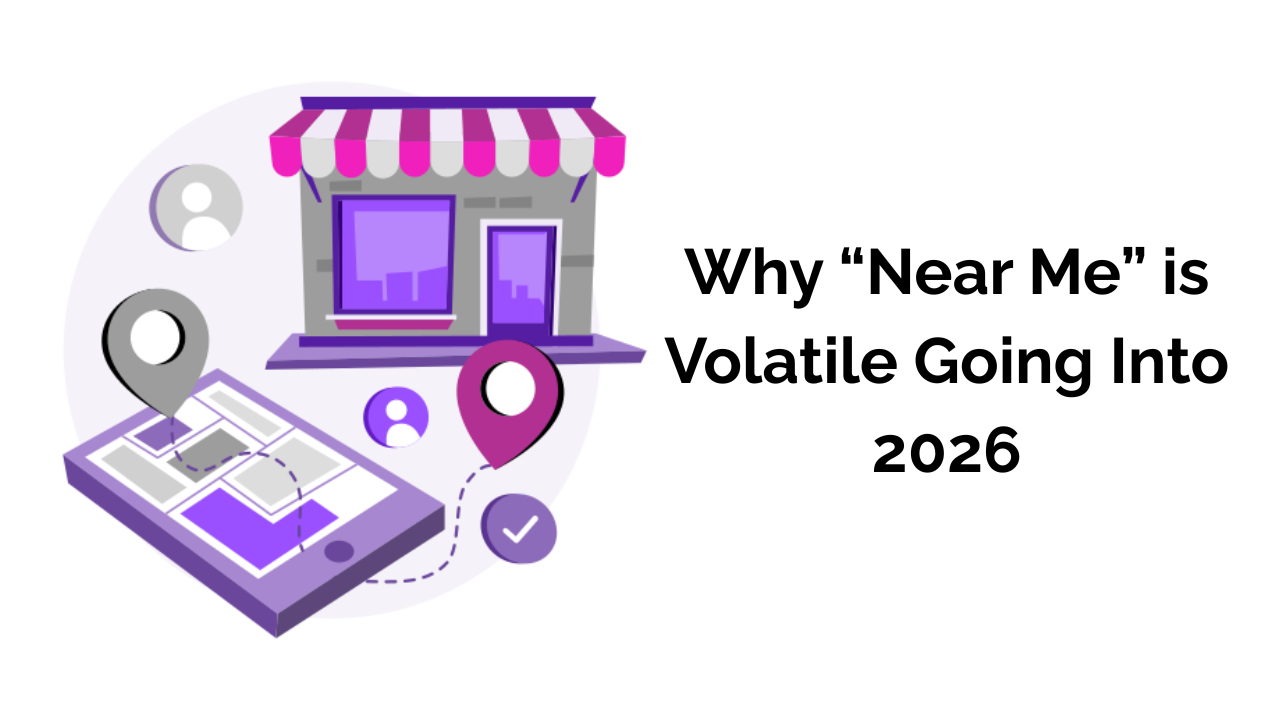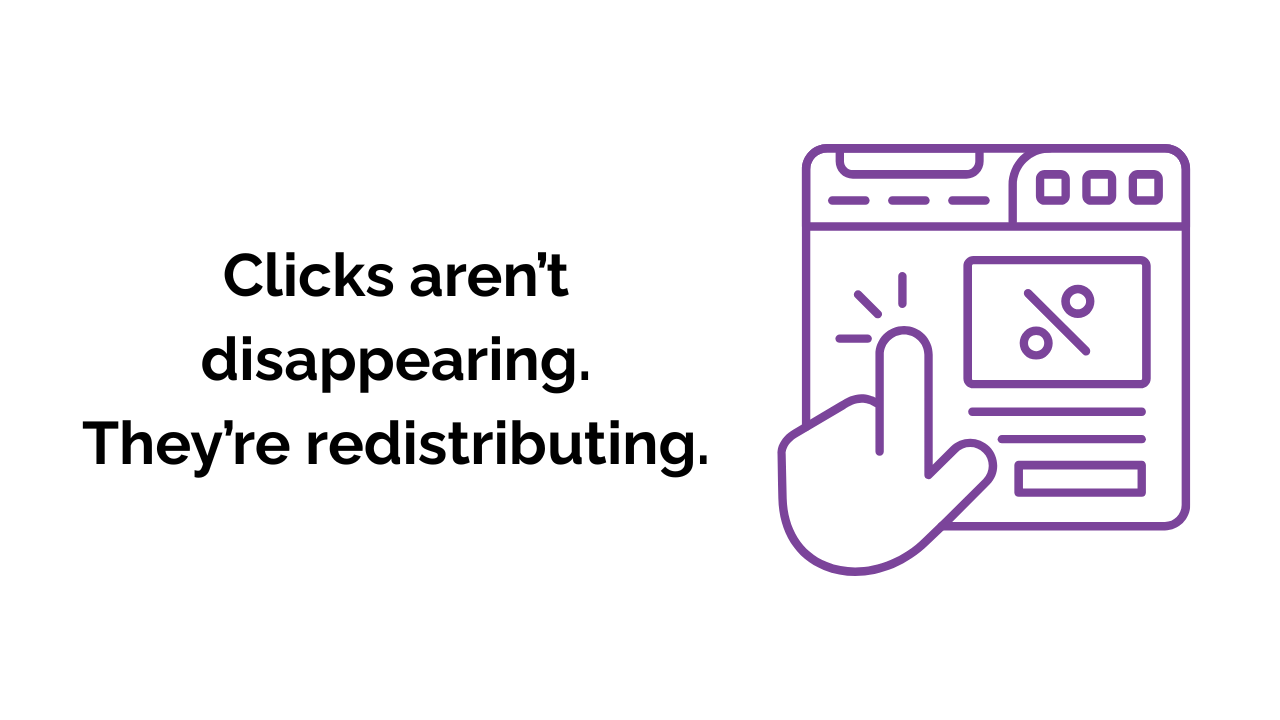800-454-9103

Google 101: Representing Your Business
We bet you didn’t know there are rules that govern how you can represent your business on Google. Crazy right? After all, this is your business, and don’t you know it best? Well, while that may be true, in order for the search engine to maintain quality standards, and to make sure that search results are producing reliable information for potential consumers, all businesses must adhere to a specific set of guidelines in order to manage and publish their Google My Business local listing.
Failing to follow Google’s guidelines can cause your listing to be suspended, and in more serious cases, can result in a total ban of your business’ presence — which can be catastrophic from an SEO standpoint. Among other things, Google’s guidelines stress the importance of keeping your location and business information consistent, making sure your address is unambiguous and precise, and ensuring that the categories you choose to define your business listing are specific.
When it comes down to it, it’s either adhere to Google’s listing standards, or suffer the consequences! That being said, to help you avoid potential problems for the business you’ve worked so hard to grow, keep these key suggestions in mind to ensure you’re adhering to best Google My Business practices:
One Business = One Listing
Unless you have multiple brick and mortar storefront business locations, you should only create one verified Google My Business listing. If there is one already out there for your business, claim it and verify it so you can manage it. Do not create an additional listing.
Let’s say you’re a plumber who doesn’t have a storefront, but wants to target a broad area of 50 miles or so. You think you’re helping your cause to reach potential customers by setting up 4 or 5 GMB listings in surrounding areas, but unfortunately you’re not. Creating multiple pages for the same business in order to appear on the map in areas you’d like to “target” will backfire in a big way. The duplicate pages will compete against each other for organic rankings, and if Google detects the duplicates, they will lose “trust” in your business authenticity and will likely suspend or ban your listings. While this doesn’t always happen, it certainly can, so it’s best to align with best practices.
So, how does a business get seen in areas they provide services in? This can be done via the Google My Business dashboard, by selecting a service area radius or by adding specific zip codes to your business listing.
No Storefront, No problem
Google My Business takes location accuracy very seriously, and so should you. It affects the success of your SEO efforts and determines how easily your business can be found by potential customers. That’s why it is very important to hide your address in your business listing if you do not serve customers at a storefront location. A lot of small and medium sized businesses innocently decide not to hide their address for their service-based business, which means that the address will be exposed on the search engine resulting in inaccurate location information. Doing this violates their guidelines and leaves your business vulnerable. Plus, it can make things uncomfortable if customers do happen to show up unannounced! Instead, make sure you choose the “I deliver goods and services to my customers at their location” toggle when you create your account.
Get Your Business Type Right
Not all businesses are created equal, and Google understands that. If you don’t have a brick and mortar storefront and you don’t provide goods or services to people on-the-go, don’t worry. For specific business verticals that don’t fall into either of those categories, creating a brand page is the way to go. Nonprofits, musicians, online-only businesses — basically any business that does not have a physical location or specific service area should use this page type, instead of creating a local business listing that will show up on Google Maps.
Refrain From Verifying Duplicate Listings
If you have duplicate pages out there, it’s best to try to get rid of them. Don’t, under any circumstances, verify more than one listing per location via the Google My Business postcard verification system. This can cause confusion, unnecessary competition for Google rankings and issues with your Google My Business listing down the line. Instead, contact your Local Listings professional to work on getting rogue listings removed or merged (when possible).
Don’t have a Local Listings Support Team yet? You can always contact GMB Support yourself, but why spend time doing that when you could be spending valuable time working on your business instead? Contact Ferocious Media today. We will vet your online presence and ensure that all your listings are fully optimized and in good standing.
Recent News

Twenty Years of Ferocious Media: A Founder Q&A on Staying Relevant, Efficient, and Accountable

Does Blogging Still Matter for SEO in the Age of AI?

GBP Radius Tightening: Why “Near Me” is Volatile Going Into 2026

The Real Way to Measure Home Services SEO Success (Beyond Rankings)

Seasonal Strategy: Winter HVAC + Holiday Slowdowns

How AI-Driven Automation Is Redefining PPC in 2026

Reclaiming Clicks in a No-Click World: The 2025 SEO Shift for Service Brands
Ready for success?
Take the first step toward accelerating your business growth today!



